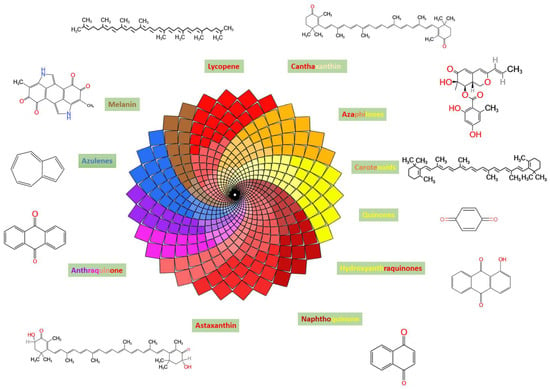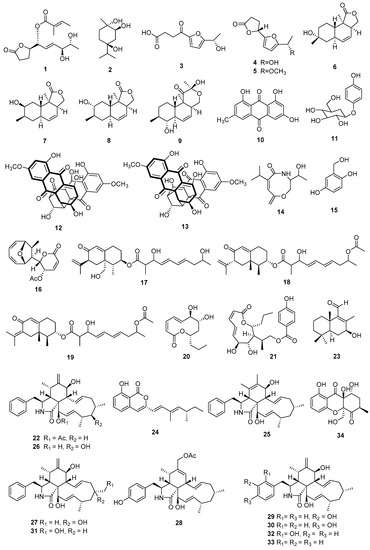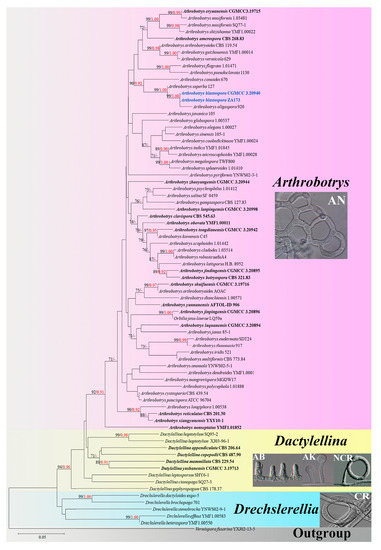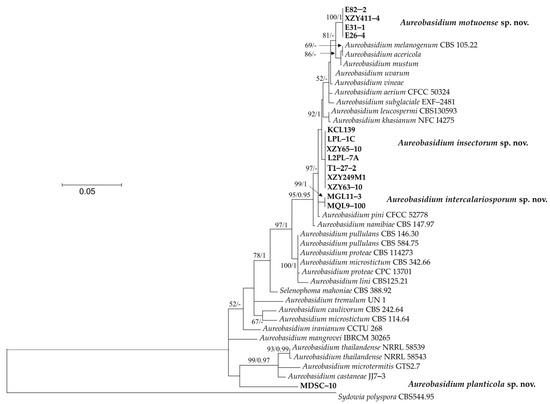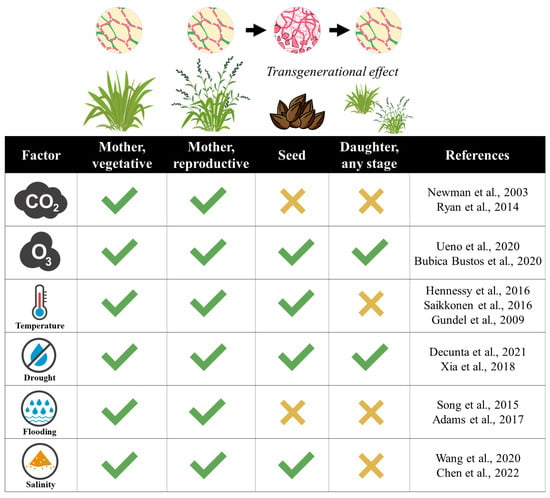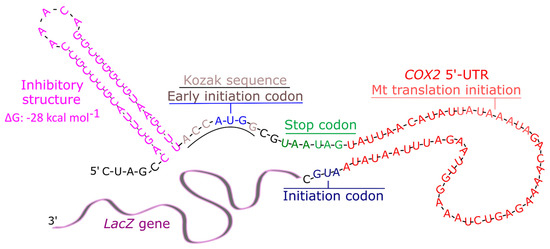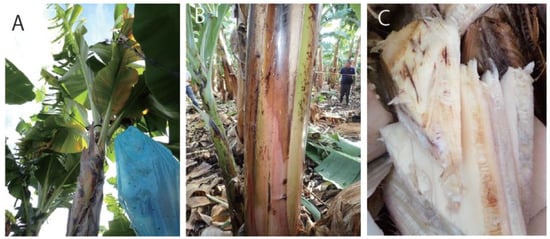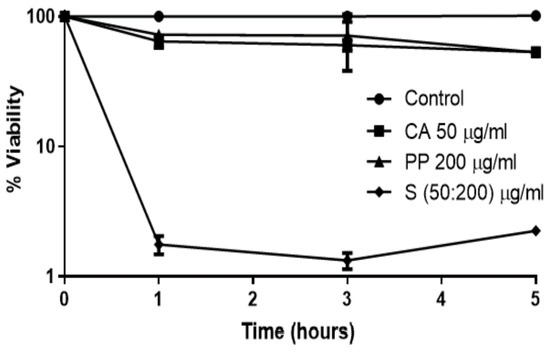1
Centers for Disease Control and Prevention (CDC), Atlanta, GA 30329, USA
2
Center of Expertise in Mycology Radboudumc, Canisius Wilhelmina Hospital, 6532 SZ Nijmegen, The Netherlands
3
Studies in Translational Microbiology and Emerging Diseases (MICROS) Research Group, School of Medicine and Health Sciences, Universidad del Rosario, Bogota 111221, Colombia
4
Michael E. DeBakey VA Medical Center, Houston, TX 77030, USA
5
US Public Health Service, Rockville, MD 20852, USA
6
Oregon Health Authority, Portland, OR 97232, USA
J. Fungi 2023, 9(4), 456; https://doi.org/10.3390/jof9040456 - 8 Apr 2023
Cited by 1 | Viewed by 1678
Abstract
▼
Show Figures
Fungal respiratory illnesses caused by endemic mycoses can be nonspecific and are often mistaken for viral or bacterial infections. We performed fungal testing on serum specimens from patients hospitalized with acute respiratory illness (ARI) to assess the possible role of endemic fungi as
[...] Read more.
Fungal respiratory illnesses caused by endemic mycoses can be nonspecific and are often mistaken for viral or bacterial infections. We performed fungal testing on serum specimens from patients hospitalized with acute respiratory illness (ARI) to assess the possible role of endemic fungi as etiologic agents. Patients hospitalized with ARI at a Veterans Affairs hospital in Houston, Texas, during November 2016–August 2017 were enrolled. Epidemiologic and clinical data, nasopharyngeal and oropharyngeal samples for viral testing (PCR), and serum specimens were collected at admission. We retrospectively tested remnant sera from a subset of patients with negative initial viral testing using immunoassays for the detection of Coccidioides and Histoplasma antibodies (Ab) and Cryptococcus, Aspergillus, and Histoplasma antigens (Ag). Of 224 patient serum specimens tested, 49 (22%) had positive results for fungal pathogens, including 30 (13%) by Coccidioides immunodiagnostic assays, 19 (8%) by Histoplasma immunodiagnostic assays, 2 (1%) by Aspergillus Ag, and none by Cryptococcus Ag testing. A high proportion of veterans hospitalized with ARI had positive serological results for fungal pathogens, primarily endemic mycoses, which cause fungal pneumonia. The high proportion of Coccidioides positivity is unexpected as this fungus is not thought to be common in southeastern Texas or metropolitan Houston, though is known to be endemic in southwestern Texas. Although serological testing suffers from low specificity, these results suggest that these fungi may be more common causes of ARI in southeast Texas than commonly appreciated and more increased clinical evaluation may be warranted.
Full article



